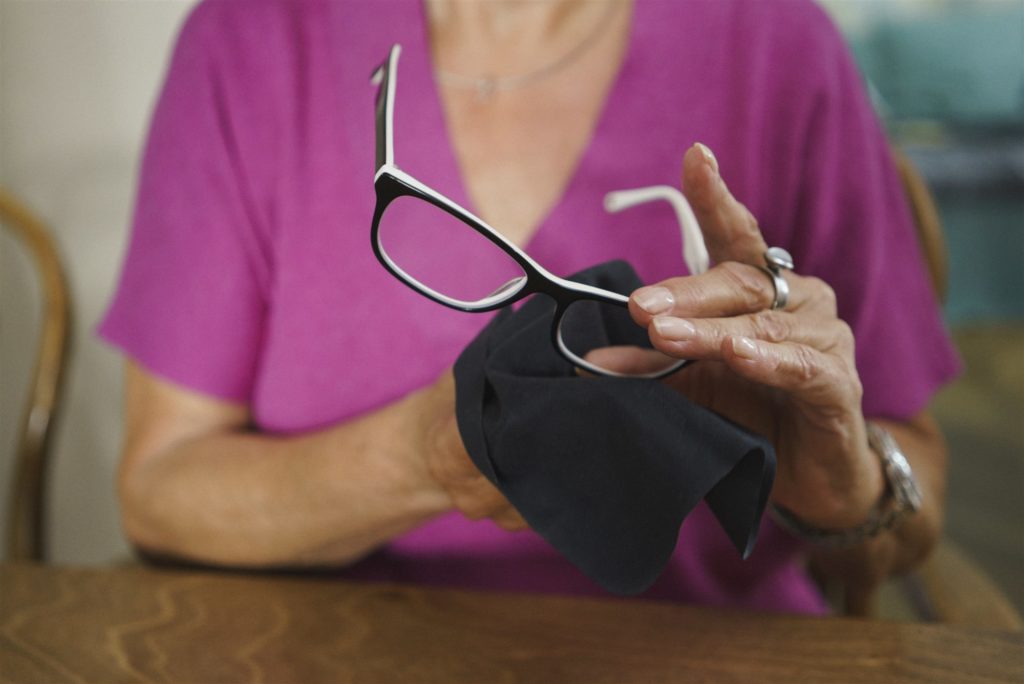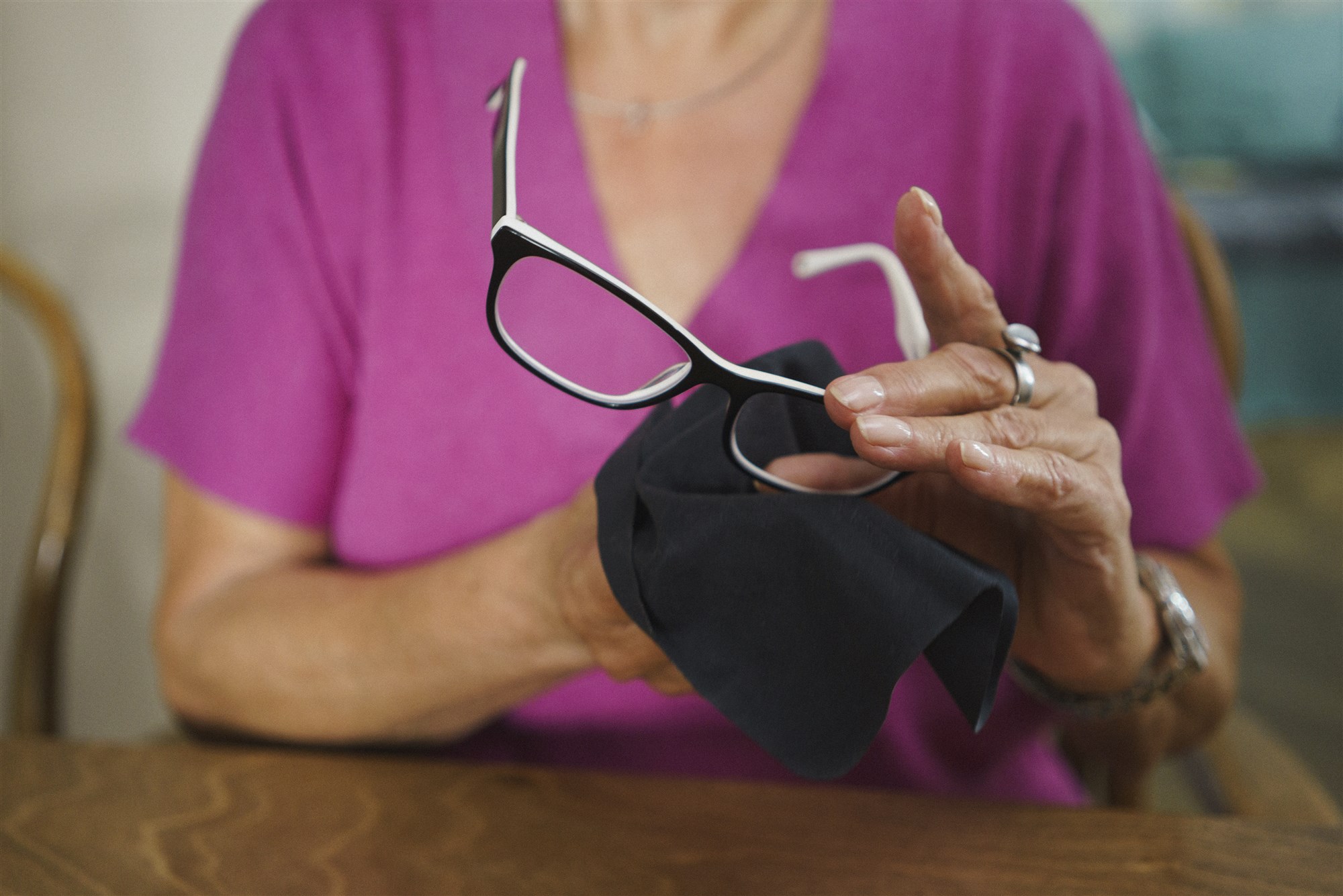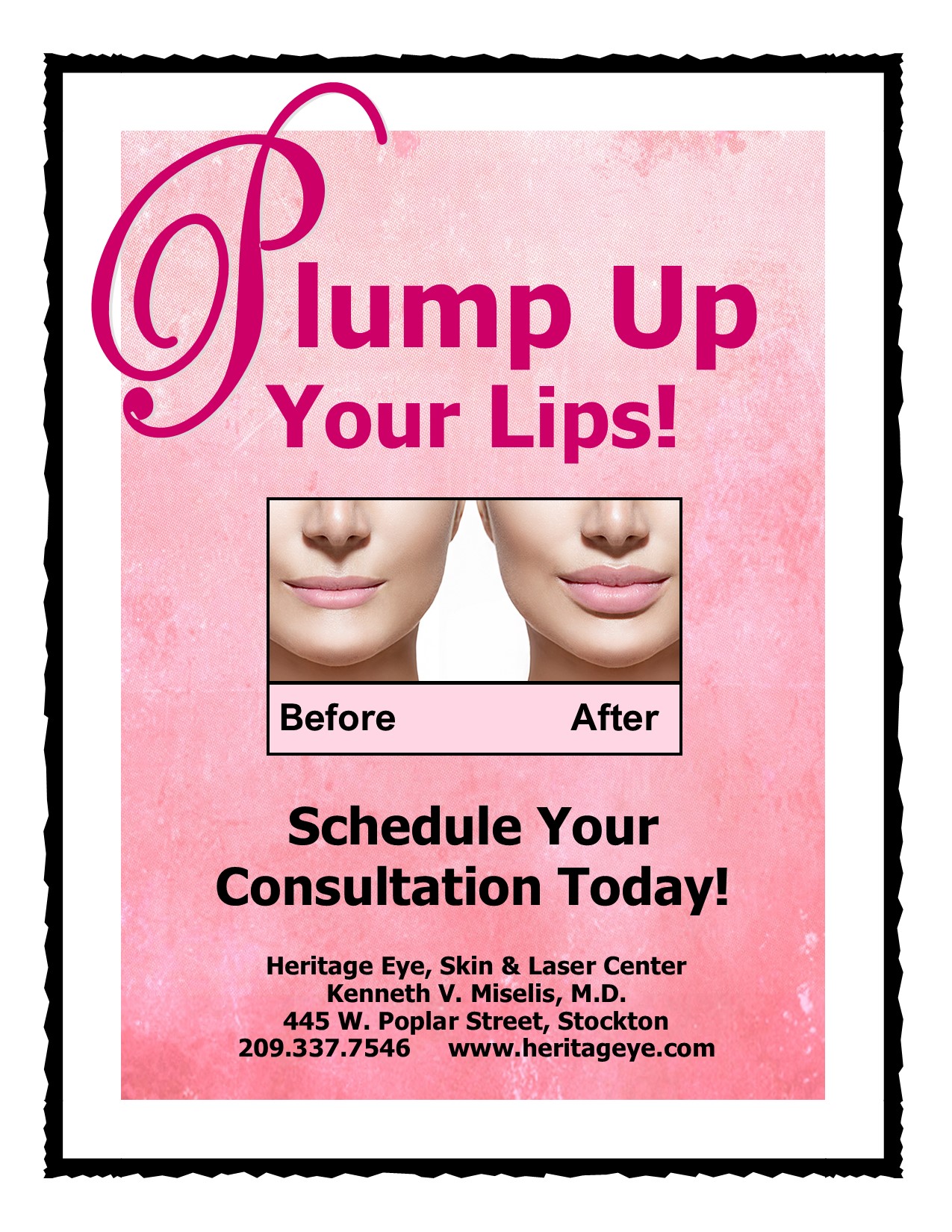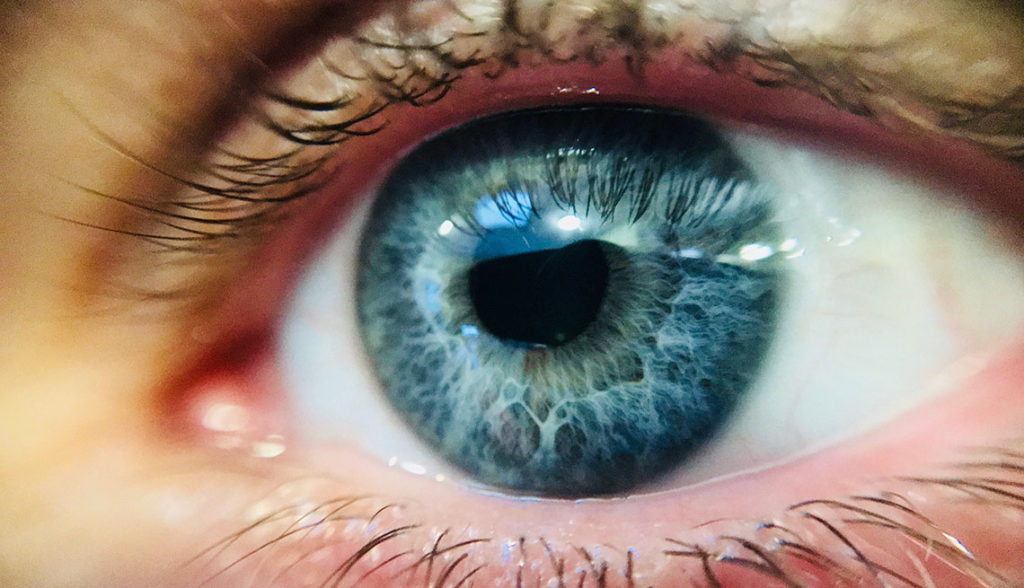
By John Egan
From her home, Heather Burgett sees the smoky haze from wildfires ravaging the Los Angeles area. She feels the impact of that wildfire smoke, too.
Burgett’s throat is scratchy, prompting her to stock up on cough drops. She also is experiencing exhaustion, a possible byproduct of her body ridding itself of airborne toxins. And she is coping with watery, itchy eyes.
“I wear contacts, so I’ve been only able to wear them for a short time, and then I have to switch to glasses,” says Burgett, a public relations professional who lives in Santa Monica.
“It’s nothing all that dramatic compared to all the people that have lost homes, but living in this toxic air does have its effects,” she adds.
Wildfire smoke’s effect on vision
During the 2019 wildfire season, Burgett and thousands of her Southern California neighbors have struggled with vision problems as a result of the smoky, toxic air. In particular, wildfires generate carbon and dust particles that irritate your eyes, according to the American Academy of Ophthalmology (AAO).

Doctors say symptoms of eye irritation triggered by wildfire smoke include burning, itching, tearing up, redness, grittiness, temporarily blurred vision, and aggravation of dry eye and allergy conditions.
“Even a healthy person’s eyes can be bothered by prolonged exposure to smoke,” says Dr. Robert Weinreb, chairman and distinguished professor of ophthalmology at the University of California, San Diego.
Fortunately, wildfire smoke should not lead to major, persistent vision loss, according to Dr. Gerami Seitman, an ophthalmologist at UCSF Medical Center in San Francisco.
How to protect your eyes from smoke
Seitman and Dr. Matilda Chan, a fellow ophthalmologist at UCSF Medical Center, and Dr. Vivian Shibayama, an optometrist at UCLA’s Jules Stein Eye Institute in Los Angeles, share their advice for preventing and treating eye irritation caused by wildfire smoke. Their tips include:
- STAY INSIDE: If possible, stay indoors with the windows closed when outdoor air quality is poor.
- USE AN AIR PURIFIER: While you’re indoors, use an air purifier to decrease the presence of eye irritants.
- WEAR GLASSES, NOT CONTACTS: Don’t wear your contact lenses, as they attract airborne particles from wildfire smoke.
- PROTECT YOUR EYES OUTDOORS: If you’ll be spending a lot of time outdoors, wear wrap-around goggles to reduce exposure to wildfire smoke. Don’t have wrap-around goggles? Prescription eyeglasses or sunglasses can help block eye irritants.
- RINSE OUT YOUR EYES: Wash away eye irritants with over-the-counter saline rinse or artificial tears. If you’re using artificial tears more than four times a day, stick with the preservative-free variety. The American Academy of Ophthalmology recommends storing artificial tears in your refrigerator to add eye-cooling relief.
- TRY EYE DROPS FOR RELIEF: If itchy eyes are bugging you, try over-the-counter, itch-alleviating antihistamine eye drops.
- APPLY A COMPRESS: Place a cold compress to your closed eyes to help alleviate itching.
- SEE AN EYE DOCTOR: If your symptoms don’t improve, make an appointment with an eye care provider.
Smoke’s effects can linger after fires are out
Don’t overlook the fact that even when the smoke has cleared, barely visible ash and dust can remain in the air for up to two weeks after a wildfire has been extinguished, according to the AAO.
Also, keep in mind that eye irritation is a comparatively minor inconvenience when you consider the devastation of wildfires.

As of early November, nearly 6,200 blazes had scorched close to 200,000 acres during California’s 2019 wildfire season, damaged or destroyed 725 structures, and killed three people.
By the way, wildfires aren’t confined to California. Wildfires occur across the U.S., meaning smoke from burning grass, trees and homes could pose a health – and vision – hazard wherever you live.


 May 20, 2020, 5:10 AM PDT / Source: TODAY
May 20, 2020, 5:10 AM PDT / Source: TODAY





